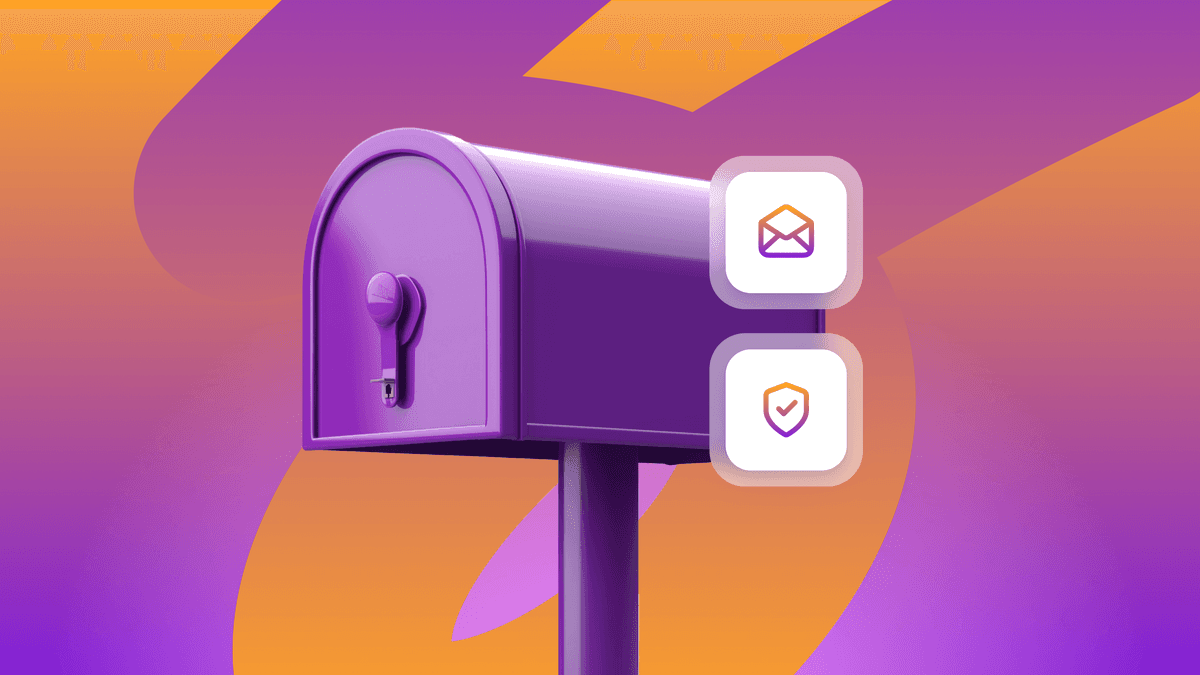5 Design-Inspired Must-Dos for a Mobile User Experience
Published on September 09, 2016/Last edited on September 09, 2016/5 min read


Team Braze
When it comes to mobile app design, user experience (UX) is of paramount importance. In a study on consumer trust in online health websites, psychologists found that first impressions are 94% design-related, based on things like layout, navigation aids, and color. There is no point in having the Mona Lisa of apps if navigation is as difficult as a stroll in the labyrinth! Too many mobile apps irritate users with unnecessary tasks, pointless functionalities, and less than intuitive user function.
The key to keeping your users around after the download is to ensure your mobile app design is focused on that user. Achieve this and you’ll benefit from faster growth through better engagement rates and positive word of mouth advertising. Let’s take a look at five crucial mobile app design tips that focus on UX.
1: When in doubt, keep it simple
The App Store is fiercely competitive so it’s only natural that you would strive to create an app as beautiful as the ceiling of the Sistine Chapel. Unfortunately, too many designers end up making navigation about as easy as painting the aforementioned masterpiece. As much as users want an aesthetically pleasing app, they want one that’s easy to use a lot more. A good tactic is to hire a UX designer first before focusing on visual design.

Design by MH Awan
Instead of having to identify and fix frustrating features of the mobile app design, you’ll prevent them from happening in the first place. A common sense example is to never assume users know what to do next. For instance, if they need to pull out a tab to perform an action, clearly instruct them to tap on a graphical cue, hold, and slide. Something as simple as this can alleviate a lot of frustration.
2: Consider consumer needs, not what they want
This seems to go against the old marketing cliché of “giving the customer what he wants.” In reality, great mobile app design involves analyzing the needs of users rather than what they want. You could ask 1,000 people what they want from mobile app design and receive 1,000 different answers.
To help users get the best out of your app, monitor your analytics to find where users are getting stuck in certain actions. Does everyone stop the checkout process at the part where they input their address? Maybe something about that interface isn’t working well.. As you do this, you’ll probably discover a specific task where a high proportion of users struggle. Now you’ll have an idea of what your app needs to heighten its UX.
3: Screen size optimization is more than each device type (lots more)
While pretty much every designer understands the need to optimize their mobile apps for Android and iOS, many fail to do the same for different screen sizes and landscape viewing. While it is true that a significant number of people will view your app on a smartphone, don’t neglect tablet users. According to research by Global Web Index, 47% of internet users own a tablet, so failure to optimize screen size for their needs is ignoring a fairly large percentage of your potential user base.

Design by EYB for PFITR
There are a variety of screen sizes for tablets and smartphones that dramatically impact the way your app is presented. In addition, you should know that the landscape setting is popular among tablet users. As a result, you need to take the time to test how your mobile app is viewed across all screen sizes and platforms. Then you can see if changes need to be made to the design for optimal UX.
4: Create a customized experience
Your app shouldn’t offer the same UX to every single person. You should have gathered at least some amount of data on each user, so utilize this information to provide a customized experience. For example, if you’re designing a travel app, it should use data such as app settings and geolocation to learn user preferences and produce a UX that’s unique from user to user.

Design by Kevin Olsson for adamclopez
Presumably you’ve used Google Search at some point in your life. If you search for a business on Google, it uses your geolocation to ensure it provides you with useful results rather than irrelevant nonsense. If you design a restaurant finder app for instance, a New York City user should find eateries within a couple of blocks instead of being faced with a list of restaurants in Iceland. Great mobile app design makes everything seem quick and seamless from the perspective of the user.
5: Remember, notifications are part of the user’s experience, too
How would you feel if your smartphone buzzed with a notification about 50 times a day? (Maybe yours already does!) It is incredibly annoying, right? So why do some apps insist on bombarding users with often pointless notifications?
Your users probably don’t want to know about every single update to your app or every sale-priced item. If you hit users with unwanted blasts, they will ignore relevant notifications or, more likely, get rid of your app altogether.
Many apps go the route of allowing users to customize notifications to their specific needs, by type of content they’re interested in, time of the day they prefer to reached or both.
Always check back in
When you’re running a business, it is easy to make basic mobile app design errors. Designers often get so caught up in making their app look incredible that they don’t think to analyze UX. If a user has a positive experience they are obviously far more likely to return, continue purchasing items from you, and crucially, recommend you to friends and colleagues.
Take a detailed look at your app and see if you follow all of the above design tips. Even if your app is performing well, it’s never a bad idea to take a step back and see if it is possible to improve UX.
Be Absolutely Engaging.™
Sign up for regular updates from Braze.
Related Content
View the Blog
Look out: Outlook's new email requirements and what they mean for Braze senders

Alison Gootee

How the Braze Data Platform enhances flexibility and fosters collaboration

Sahiz Kaur

Customer churn prediction: Using data for smarter retention
